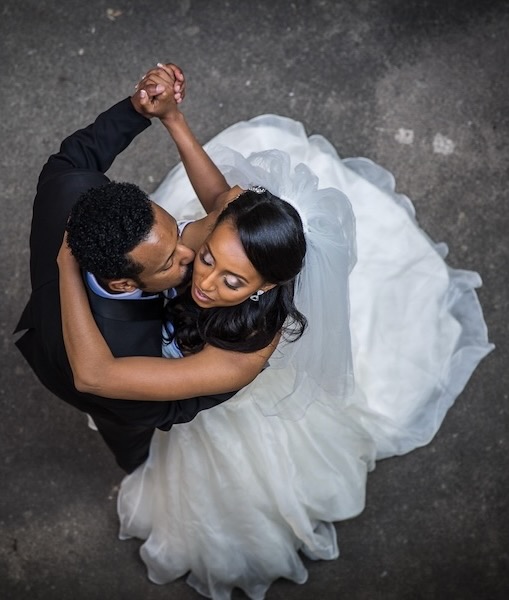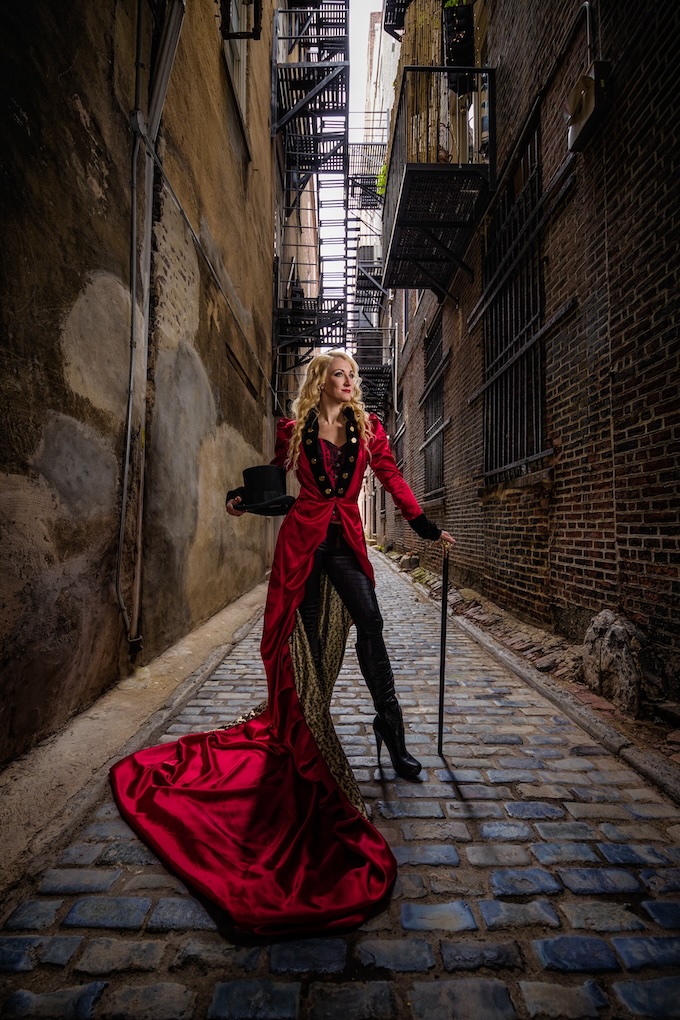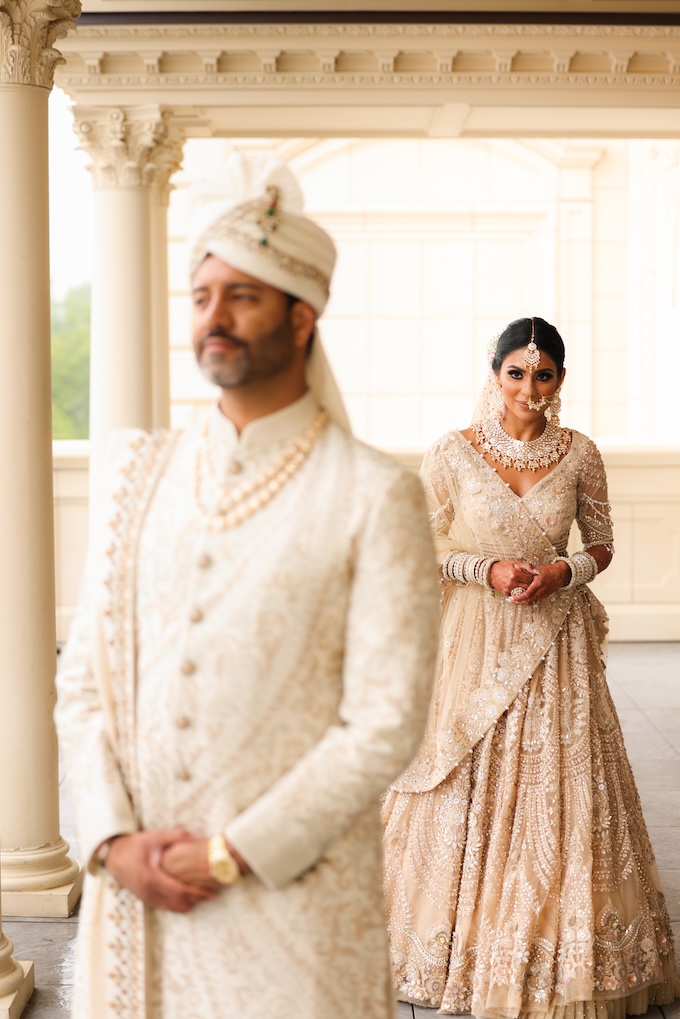Wedding + Portrait
How to Play with Isometric Photography Techniques
November 12, 2021
Isometric photography techniques combine the 1990s video game aesthetic with the downsized wonder of Where's Waldo? and—in my case—the palette of Wes Anderson. My aim was to visualize an entire relationship in one image—or most of it.
I’ve always been drawn to isometric photography techniques and typologies, the study of a single classification of anything. The word “study” is really important here; in photography, typologies refers the idea of showing a whole range of examples of one thing in one place or photo. For example, a typology of doors might be a single visual grid containing 400 photos of doors next to each other. It becomes a fascinating way to get a broad look at a single thing without anything else interfering in how we consume that thing as viewers.
[Read: Innovations in Wedding Photography Aren’t Coming From Wedding Photography]
I was curious to apply isometric photography techniques to the work I do with people in context with weddings and couples, and to do it, I drew on two cultural references:
- I’ve long loved Where’s Wally? (or Where’s Waldo? for you readers in the U.S.) for the way it invites you to explore and really press an image up against your face.
- I also grew up playing ‘90s video games, which always had players interact with a really specific viewpoint.
I knew there was an opportunity to create a new kind of couple’s shoot that I hadn’t seen done before that combined these two touchstones: an isometric couple’s shoot.
Phase 1: Test Isometric Photography Techniques with Weddings and Portraits

I first tested this concept when I was asked to shoot author and speaker Mykel Dixon’s cover for his book Everyday Creative: A Dangerous Guide for Making Magic at Work (Wiley, 2020).

We took over 1,000 photographs of him in a half-day shoot, re-enacting all of the characters spoken about in his book. These were assembled into various mixed-use cases to promote his book, including animated GIFs.
From there, I extended isometric photography techniques to real weddings I photographed:

I cut out two images of every single wedding couple I’d ever photographed in my entire career and arranged them into a giant conga line. I also created some animations of this. I love the aesthetic of the filmmaker Wes Anderson, and I found that this idea was giving off a little bit of that vibe—which is also how I’ve always tried to position my brand, Briars Atlas.
[Read: How to Shoot for the Edit and Blow Your Client’s Mind]
These experiments proved it was time to try it out on a couple in a real couple’s shoot setting.
Phase 2: Apply Isometric Photography Techniques to a Real Couple’s Shoot
My aim was to visualize an entire relationship in one image—or most of it. Essentially, this idea was about merging my aesthetic loves (Where’s Wally, ‘90s video games, Wes Anderson) into what I do with weddings and couples. I wanted to make a single image of a relationship that you could peer into and find something new every time.

Think of it like a double exposure, except it’s more like a 500 exposure!
In order to nail the aesthetic itself, there were some “rules” of isometry that I had to stick to. I looked at what rules game designers had to stick to in the ‘90s that gave those games the look they have. That meant:
- Shooting from a 45-degree angle down
- Having the couple contain most of their movements within 90 degrees at a 45 degree angle to the camera.
Sticking to these rules to isometric photography techniques, the result is an impossibly endearing graphic look—as if the couple was a design element within the frame.

We shot about 1,000 images over a 3-hour period. Exactly half that ended up in the final image, and there is not a single duplicate photograph: it’s made up of 500 unique images.
Phase 3: Dive into Post-Production
Post-processing an image using isometric photography techniques like this is super involved, but a lean workflow can be created.
- I outsourced the deep-etching of all the images, which saved possibly weeks of time. This is something I also did in my other experiments with real wedding images.
- From there, they were painstakingly arranged so that as many gaps were filled, while leaving all the images of them with a similar margin so that it appeared very intentionally constructed.
- After this, I used Alien Skin to create a two-tone look, which further glued all of the images together.
In a perfect world, we’d style it so that every element of clothing and item contained a narrow palette, but from a post-production point of view, I was able to achieve a similar end by using the Technicolor presets within Alien Skin.
Want to Know More?
ISOMANIACS is a newly released online course on my new education platform, A Strange Atlas. This runs through isometric photography techniques, from shooting to editing, and it is the first course in the world of its kind.
Oli Sansom is a Melbourne-based wedding photographer behind Briars Atlas, who was chosen as a 30 Rising Star of Wedding Photography in 2015. He first showed us isometric photography in his most recent appearance in our Photo of the Day series.





